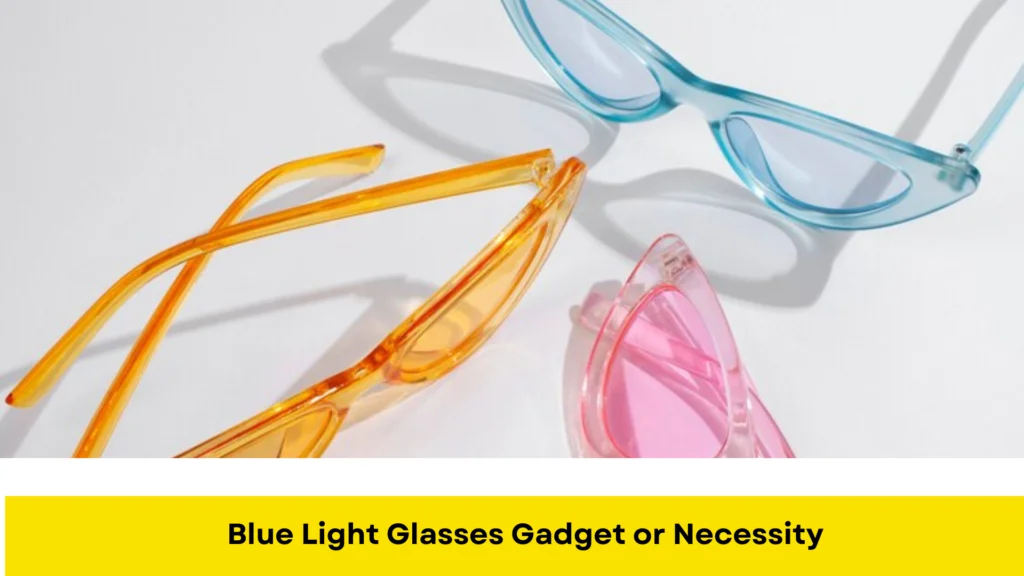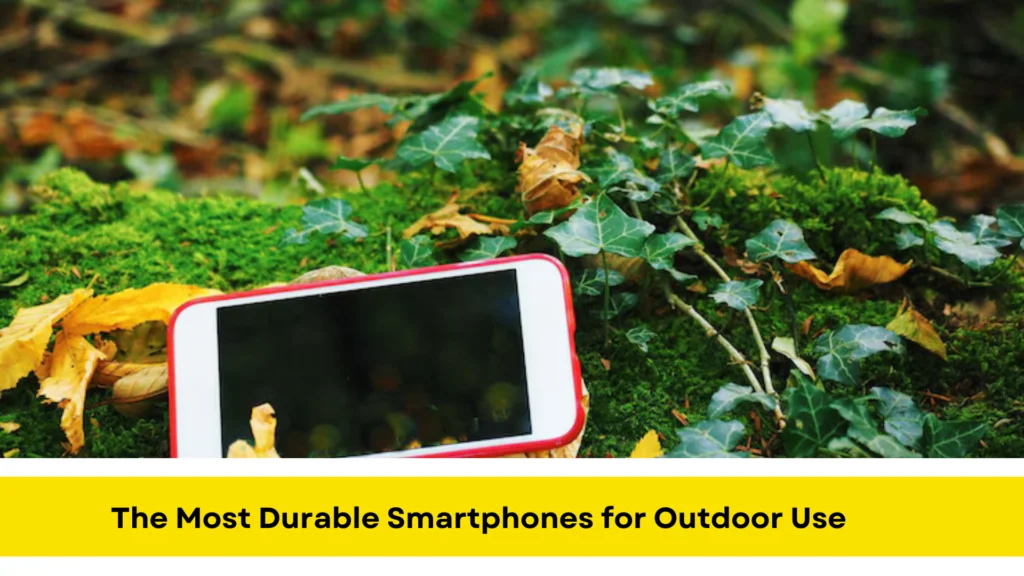Blue Light Glasses Gadget or Necessity. Long-term screen time can be bad for our bodies and minds. It can cause headaches, eye strain, trouble sleeping, and other problems. Computer glasses, which also known as blue light glasses, the answer to these concerns because they marketed as a way to fix anything from tired eyes to trouble sleeping. Anyone who looks at a screen for more than eight hours a day may use these blue-light-blocking spectacles, right? The answer to the question not as easy as yes or no. Researchers and doctors especially worried about blue light exposure and eye strain because people spending more and more time in front of screens.
The American Optometric Association says that digital eye strain is a group of vision and eye disorders that happen when you use computers, tablets, e-readers, and cell phones for a long time. Some of these are headaches, neck pain, dry eyes, and blurry vision. People say that blue light waves cause a lot of ailments, yet they don’t seem to have much effect on us because we spend all day looking at screens. Researchers and clinicians believe that exposure to blue light alters circadian rhythm, even if the outcomes of these investigations are not all the same.
A gadget?

You can record blue light waves from any light source that you can see without help, including the sun, a lightbulb, or a touchscreen. The Sun gives forth a lot of blue light waves every day, but there are still a number of official events that happen after dark. When the sun goes down, our bodies sense the lack of light and start to create melatonin, a hormone that helps us sleep. Before artificial light, the sun and moon told us when to sleep. These days, though, we do have light both during the day and at night.
Our systems generate melatonin more slowly when they are exposed to all kinds of light waves after sunset. Blue light waves are especially bad for us since they keep us awake. If you have digital eye strain, though, you should do some simple workouts before you get new glasses. The 20-20-20 rule says that you should look at something that is 20 feet (or around 6 meters) away for 20 seconds every 20 minutes. The theory says that it helps take your mind off of things and get you away from the computer, which relaxes your eye muscles and eases eye strain.
Limited intensity

No matter if you’re on your computer, smartphone, or just watching TV or playing video games, we have the remedy to the blue light problem. A guarantee from a professional optical. It is very tempting to buy these kinds of glasses right now because aggressive remarks about how blue light can hurt your eyes have taken over the news. But is this actually a required step? If true, how can we use glasses to make the bad impacts of blue light less bad? A mixed reception… in sapphire, of course! The seven hues of the rainbow make up the electromagnetic spectrum of light.
Each color is associated to a different wavelength. Different amounts of these hues are shown by each source of light, whether it’s direct sunlight, lamps, or screens. LED bulbs and screens (such those on laptops and cellphones) give off a lot of blue light. People say that this source is bad for our eyes because it makes our retinas weaker and our eyes tired. It might also make it hard for us to sleep and give us headaches. Dr. Lavinia Postolache, an ophthalmologist and hospital professor at the University Hospital of Brussels, says that the sun is the main source of blue light.
The blue of the rainbow

The eye doctor says that screens are safe for our eyes. The report from the European Scientific Committee backs this up: Studies have found that the radiation from LED screens is less than 10% of the highest level that is thought to be safe to avoid damaging the retina. So, if you use them normally, they don’t hurt your eyes. Another important thing to remember is that a bright screen is nearly a million times less bright than the sun. Blue light is also very good for our chronobiological clock. It lets us use the sleep-wake cycle regularly, but it makes it harder for us to fall asleep at night.
Dr. Postolache says that spending too much time in front of a screen at night can mess up our sleep. The best thing to do is to stay away from screens for at least an hour before bed. Because of these things, the American Academy of Ophthalmology says not to wear certain glasses because there hasn’t been any research that shows blue screen light is bad for the eyes. The spectacles wouldn’t help us see better. Que choisir, which is French for Testachats, assessed the difference in light intensity between a computer without colorless filtering lenses and one with colorless filtering lenses.
Exploring the Limits and Benefits of Blue Light Exposure

“Gain” doesn’t go up more than 20% during the exposure time. Sylvie Zanier, an associate professor of physics at the University of Grenoble, adds, “Very low efficiency, because you have to use yellow glass to see a lot of this light.” But more study is needed to contribute to the scientific data so that we can better understand how low doses of blue light affect people over the course of their lives. The BMind smart mirror says it can also inquire how your day is going and wish you a happy one, adjust the light to a calming blue color, show a beautiful scene of nature, or start a guided meditation session to help you relax.
It can provide you affirmations if you’re feeling sad. In addition to assisting with your mental health, a BMind smart mirror may help you with other useful duties, such as keeping an eye on the temperature of the water in your bathroom or aiding you with your beauty routine. More significantly, it never shares your health and personal information with a third party because it is saved on the device itself. One example of a technology that can help you conserve energy is AI water heaters. They can automate your home appliances and make them more adaptable to your comfort level.



